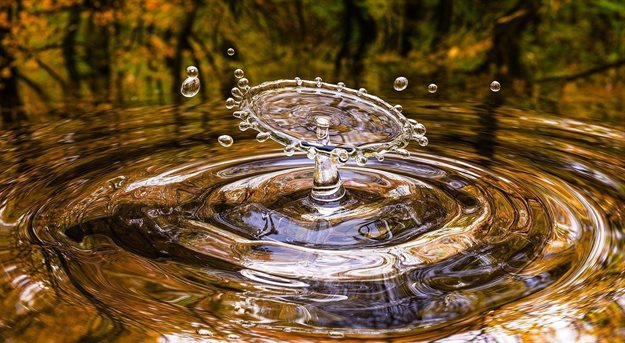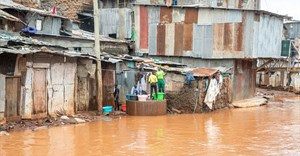Water solutions to aid the most vulnerable in Kenya

Ensuring water infrastructure functions with affordable, reliable and safe services in these complex environments in times of crisis is critical to protect vulnerable individuals, communities, schools and healthcare facilities. Building water infrastructure ensures that the country reduces the need for and the cost of emergency funding to avoid unnecessary hardship on the most vulnerable resources, and increases resilience to future risks and shocks.
The government has set January as the return date to school for all children, ten months after they were shut to help curb the rising cases of Covid-19. That in itself will come with serious challenges because the schools will need a constant supply of water to ensure the students, teachers and school staff have access to water not only for drinking, but for washing their hands too.
Access to safe water critical
Now, more than ever, access to safe water is critical to the health of families in Kenya so they can prepare and protect themselves from the coronavirus pandemic and other diseases. Unfortunately, water remains one of the scarcest commodities in Kenya. This is a critical time in our generation where we recognise water insecurity as a major threat to millions of children living with unacceptable water, sanitation and hygiene services at home, in schools and in healthcare facilities.
More than ever, we also recognise that water security – that is, ensuring sufficient quantity and quality of water for different uses with an acceptable level of risk – is critical to the health, well-being and prosperity of people. We know that the poorest, and most disadvantaged, often lack safe and affordable water to drink or wash thoroughly with, and are hit hardest by extremes in weather.
Challenges in rural areas and urban slums
With a population of 50 million, 32% of Kenyans rely on unimproved water sources, such as ponds, shallow wells and rivers, while 48% lack access to basic sanitation solutions. These challenges are especially evident in rural areas and urban slums where people are often unable to connect to piped water infrastructure. According to a Unicef report, Kenya has the third-largest number of people (approximately 10 million) in Sub-Saharan Africa who drink directly from contaminated surface water sources.
Kenya's natural water resources also do not provide an equitable delivery of water to the various regions of the country. And the country's water basins do not reach the whole country equally. This leaves most of the population without any fresh water. Rapid urbanisation has also pushed poor urban dwellers to the slums where there is no water or sanitation, and overcrowding exacerbates the already hazardous health conditions.
Sporadic epidemics
Water pathogens are a huge health problem in Kenya as the people have been left unprotected against sporadic epidemics, such as cholera and parasitic worms. The rate of exposure is extremely high because the water is not only contaminated at the basins and pumps where water is collected, but the containers are almost always "found", second-hand objects, often previously used for oil, fertiliser or wastes.
Healthy, secure communities require clean drinking water, but our water supply is vulnerable. Drinking water is supplied by surface, ground or mixed water sources. Following collection and appropriate treatment of municipal water supplies, drinking water is transmitted to end users via a distribution system that includes pumps, piping and storage networks. These water distribution systems can be damaged if their source water is affected by natural disasters and/or spills of chemicals and oils.
Use of unsafe water sources
When people can’t access safe water sources at an affordable rate, either because the facility is broken or the water tariffs are too high, the coping strategies are often catastrophic. Most people in rural areas will end up using unsafe water sources like surface ponds when it rains. In urban contexts, when the government fails to assure delivery of safe water at affordable rates, the poor end up spending way too much to access water from unregulated informal vendors and cartels that provide it at very extortionary prices.
Sustainable solutions
So, as we enter into the new year, focus should be on how to ensure the populace has access to clean water. Infrastructure construction is one way to provide a sense of security in both urban and rural areas. By making use of proven sustainable solutions, the lifespan of the project is extended.
As part of achieving the vision 2030 goals, the government has set up policies to gear towards improving the lives of Kenyans.
Built water infrastructure, such as dams for hydropower or urban water supply, features prominently in key policies and strategies driving Kenya’s development. Within the water sector, Kenya has a comprehensive regulatory and institutional framework for water resources management as well as water and sanitation service delivery, underpinned by the 2002 Water Act (revised in 2016). Plans for river basin development – encompassing projects in water-related sectors such as energy and irrigation – are laid out in the National Water Master Plan (NWMP) 2030 (updated in 2013).
Other solutions like borehole wells and rainwater harvesting tanks are also needed in urban and peri-urban areas.
If we can focus our push on setting the right infrastructure for water security, we shall succeed in improving the health of the nation.























